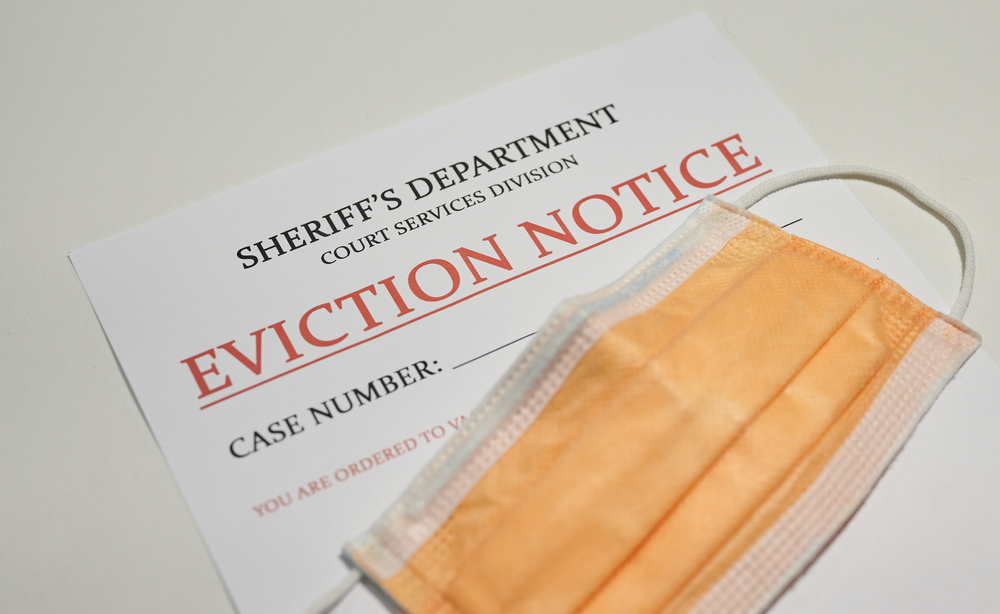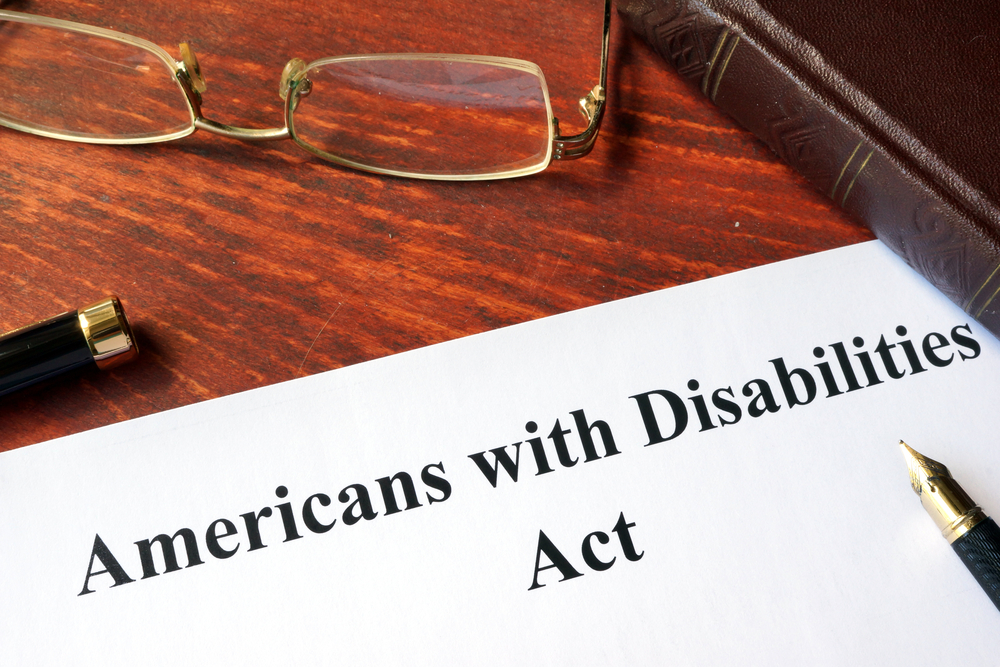Free tool helps thousands delay eviction under CDC rules
A new free tool designed by Suffolk University’s law school is helping thousands of people stave off eviction while the country remains in the grips of COVID-19.
Centers for Disease Control Director Dr. Robert Redfield signed a declaration in September saying evictions could be detrimental to public health control measures to slow the spread of COVID-19. The order temporarily halts residential evictions for covered persons for nonpayment of rent from Sept. 4 through Dec. 31. “This means that a landlord, owner of a residential property, or other person with a legal right to pursue an eviction or a possessory action cannot evict for nonpayment of rent any covered person from any residential property in any U.S. state or U.S. territory where the order applies.”

The online tool created by Suffolk University Law School’s Legal Innovation and Technology Lab allows people to download and print out letters they can email or mail to their landlord explaining their right not to be evicted before the end of the year.
RELATED: Coronavirus spreading swiftly through U.S. prisons
RELATED: Coronavirus recession brings flood of evictions

The web-based tool walks tenants through qualifying questions step-by-step. It was written at a sixth-grade reading level and includes features for people with limited English and who rely on screen readers. There are 10 questions on the online form, which takes about five minutes to fill out.
So far, some 2,700 people have used it, said Quinten Steenhuis, clinical fellow and adjunct professor at the Boston-based Suffolk lab.
“The great top-level thing is people in all 50 states are using it,” he said. “There has been a big uptick in evictions here in Massachusetts because our statewide moratorium has now ended. For us in Massachusetts, we had the strongest eviction moratorium in the nation. When that ended, some cases on hold during the whole COVID crisis, have now picked up where they left off. For some landlords, they can start the eviction.” The CDC moratorium, however, is helping to fill the gap, so the tool can still be used by many to stave off eviction. It has more narrow circumstances than the Massachusetts moratorium.
According to the CDC order, courts should take its wording into account and not evict anyone it covers until the end of the year.
“The order is not intended to terminate or suspend the operations of any state or local court. Nor is it intended to prevent landlords from starting eviction proceedings, provided that the actual eviction of a covered person for non-payment of rent does NOT take place during the period of the order,” the CDC document states.
A covered person is someone who has declared that they have made every effort: to obtain government assistance for rent or housing; expects to earn no more than $99,000 in 2020; is unable to pay full rent due to substantial loss of income; used best efforts to make timely partial payments; and when evictions could potentially make someone homeless.
“Treasury Secretary Steven Mnuchin told a U.S. House of Representatives panel … that the moratorium would cover around 40 million renters,” according to MarketWatch. “A previous federal eviction moratorium created by the CARES Act ended in late July and only applied to federally funded housing, including rental units with mortgages backed by Fannie Mae and Freddie Mac. The moratorium will apply to any state in which there is not already a more protective ban in effect, according to the order. Multiple states have eviction moratoriums in place, including California.”
Massachusetts is still digesting the impact of the moratorium, Steenhuis said.
“There is some clear guidance now,’’ he said. “The district court and our housing courts, both who hear eviction cases, are taking different approaches. In District Court, if you filed a CDC declaration, they can’t even start an eviction case. In housing court, you can start a case and go all the way through the process, but they will not move you out of your apartment until Dec. 31. We are just starting to get the first decisions coming in from judges and the thing that is interesting to see is how it is playing nationally. Judges are being really strict in some places and others are more in the spirit of the CDC and giving tenants that stay.”
Putting the online tool out into the public is also working to make more people aware that even if they get an eviction notice, they have the CDC on their side saying they will not be moved out until the end of the year, he said. “A lot of people who get that notice might just move out right away and miss out on their rights.” In this case, he said, knowledge is power and the tool is helping people stay in their homes for now.
Suffolk Law was already working on a bigger project when the CDC issued the declaration, which enabled the lab to quickly create this tool, Steenhuis said.
“We had already created a document assembly line involving volunteers on five continents. We put out a call to action when we saw the courts were closing because we knew there would be emergency needs and people would still need to get their cases heard,” he said. “We took processes or filings on domestic violence, for example, so if someone needed to get a protective order they could. We automated the documents they would need to file. “
Another area the project considered was housing emergencies. “If someone had a flood in their basement or their landlord locked them out of their apartment, they would need court access right away. We moved it to a mobile-friendly online form in cooperation with the Massachusetts Trial Court.”
Because the Massachusetts statewide moratorium just ended and evictions are ramping back up, the Suffolk lab is “all hands-on deck,” Steenhuis said. “We have a whole new round of forms we are working on to stay up with the changes in the law. We are helping people through the full eviction process. We are automating the motions requested by some of the people in our statewide housing community.”
With a pending eviction crisis in this country, according to the ABA Journal, others are also lending a hand in this situation.
The National Housing Conference has compiled a COVID-19 resource list of the housing industry, which is also designed to assist renters who are facing eviction.
The ABA Journal calls the situation a “dormant eviction crisis.” In a July letter, then-ABA President Judy Perry Martinez requested that Congress “prioritize housing stability and safety” as protective programs expire. “The pandemic has magnified and accelerated the housing crisis that already existed in the United States,” she said. “The steep decline in rent payments will have a devastating impact on the housing market, especially among small property owners who lack the financial ability to sustain short- and long-term nonpayment of rent.”

















